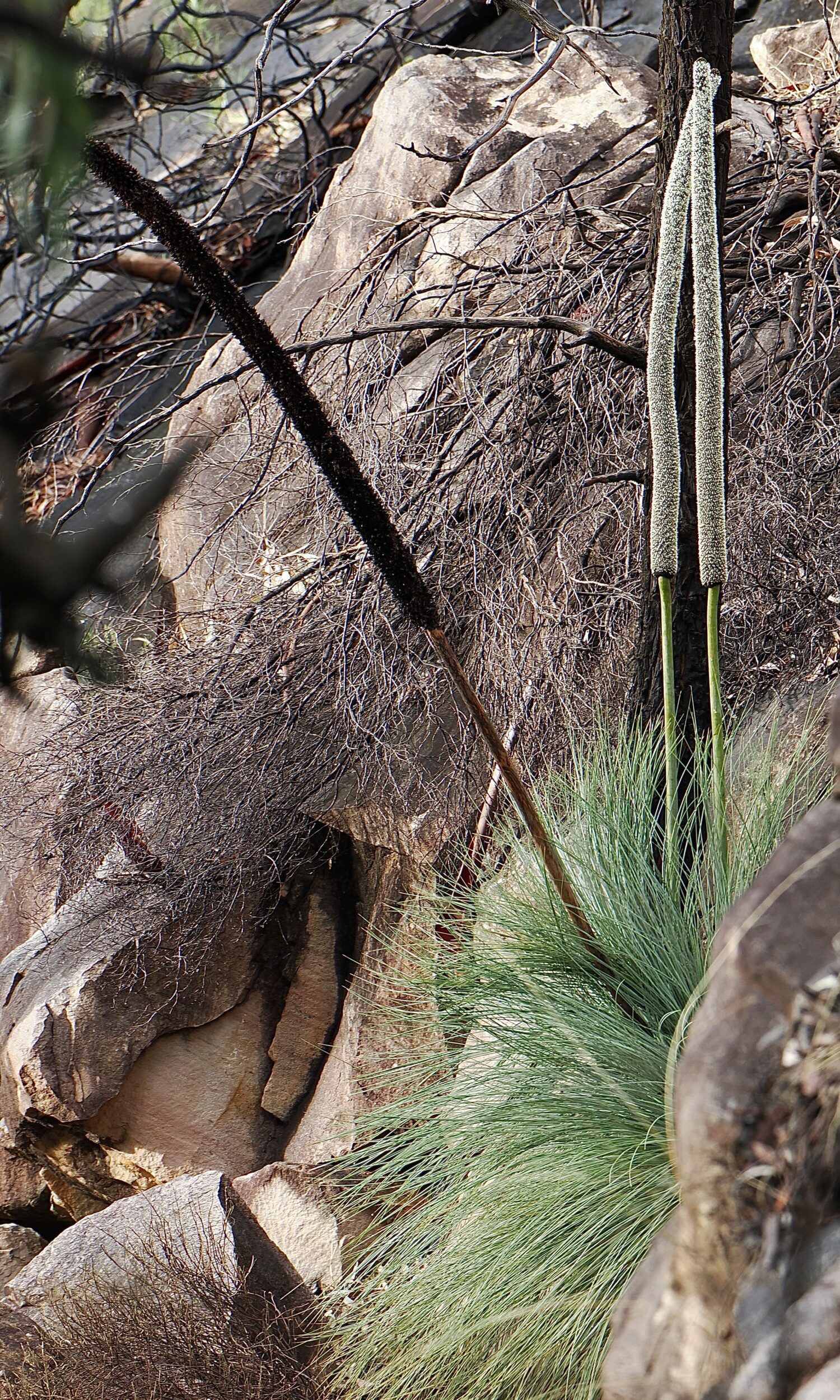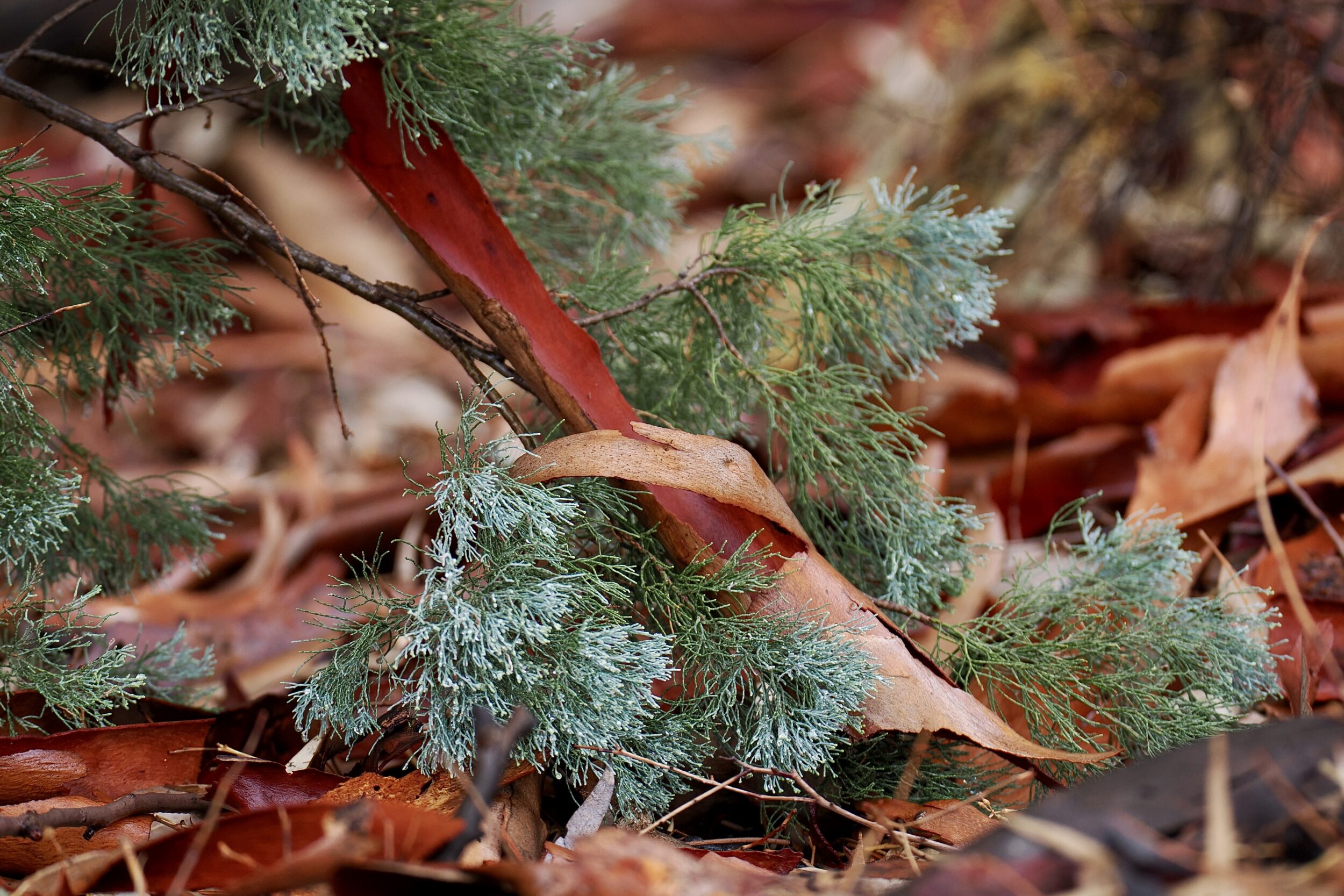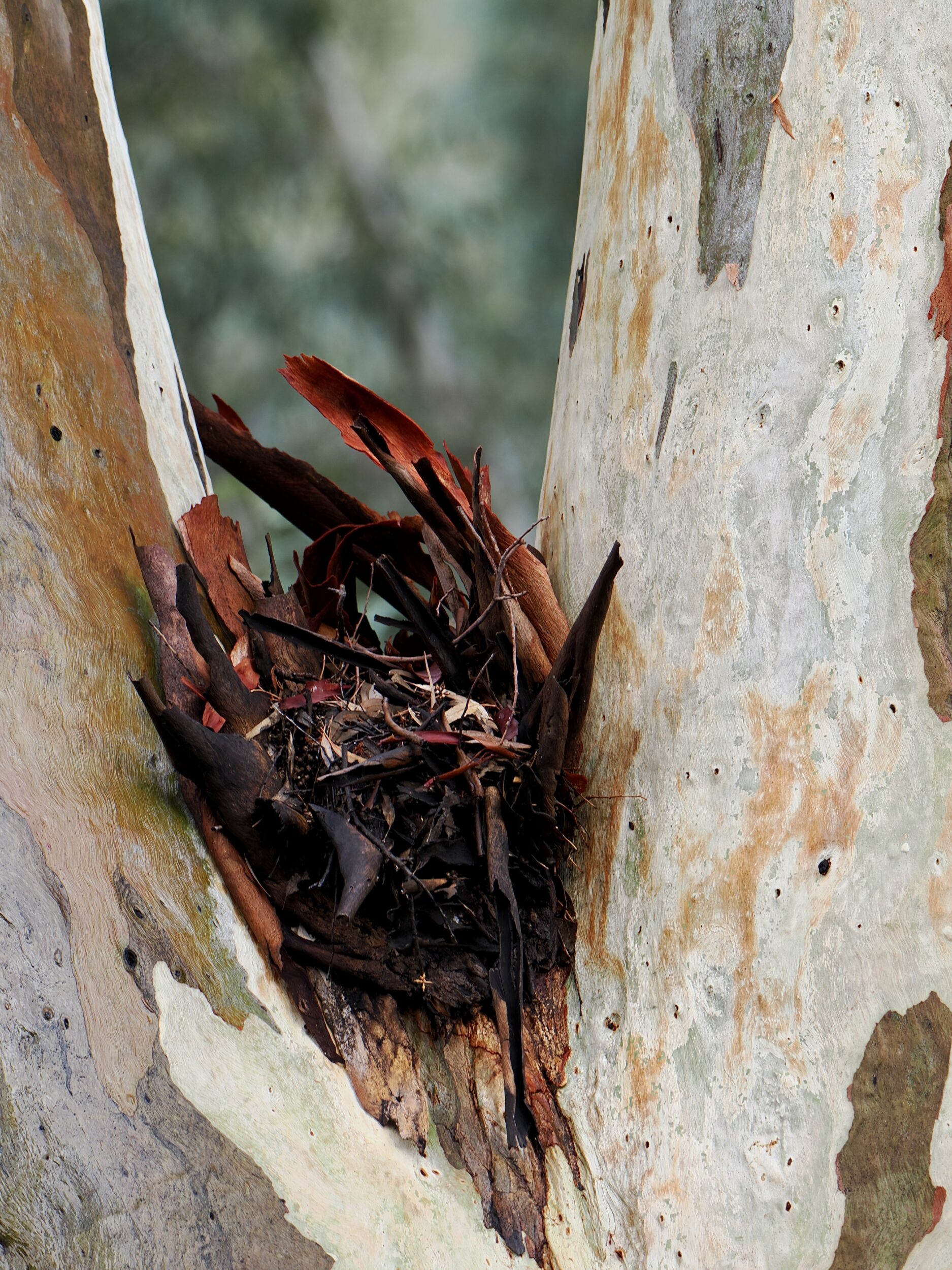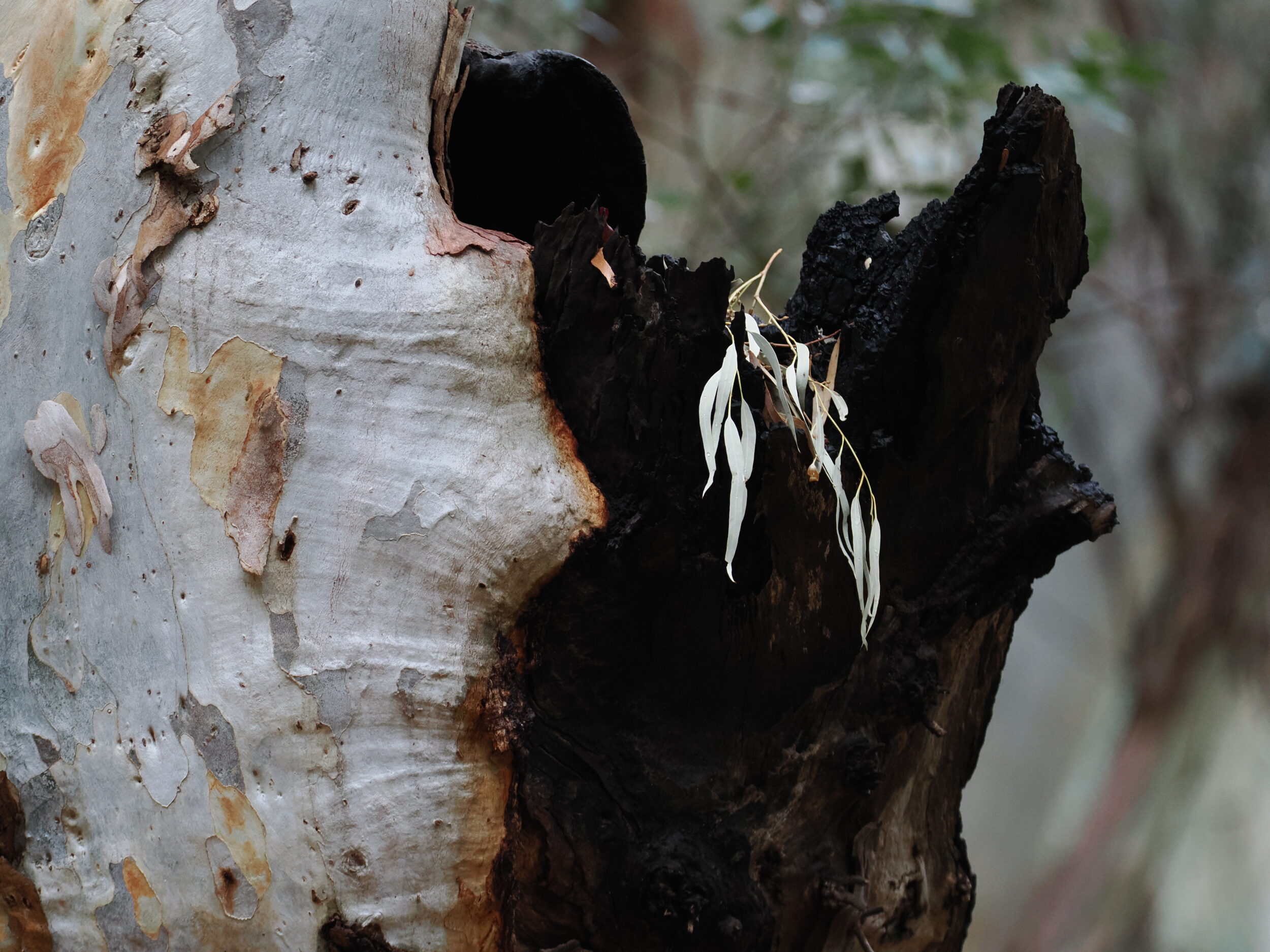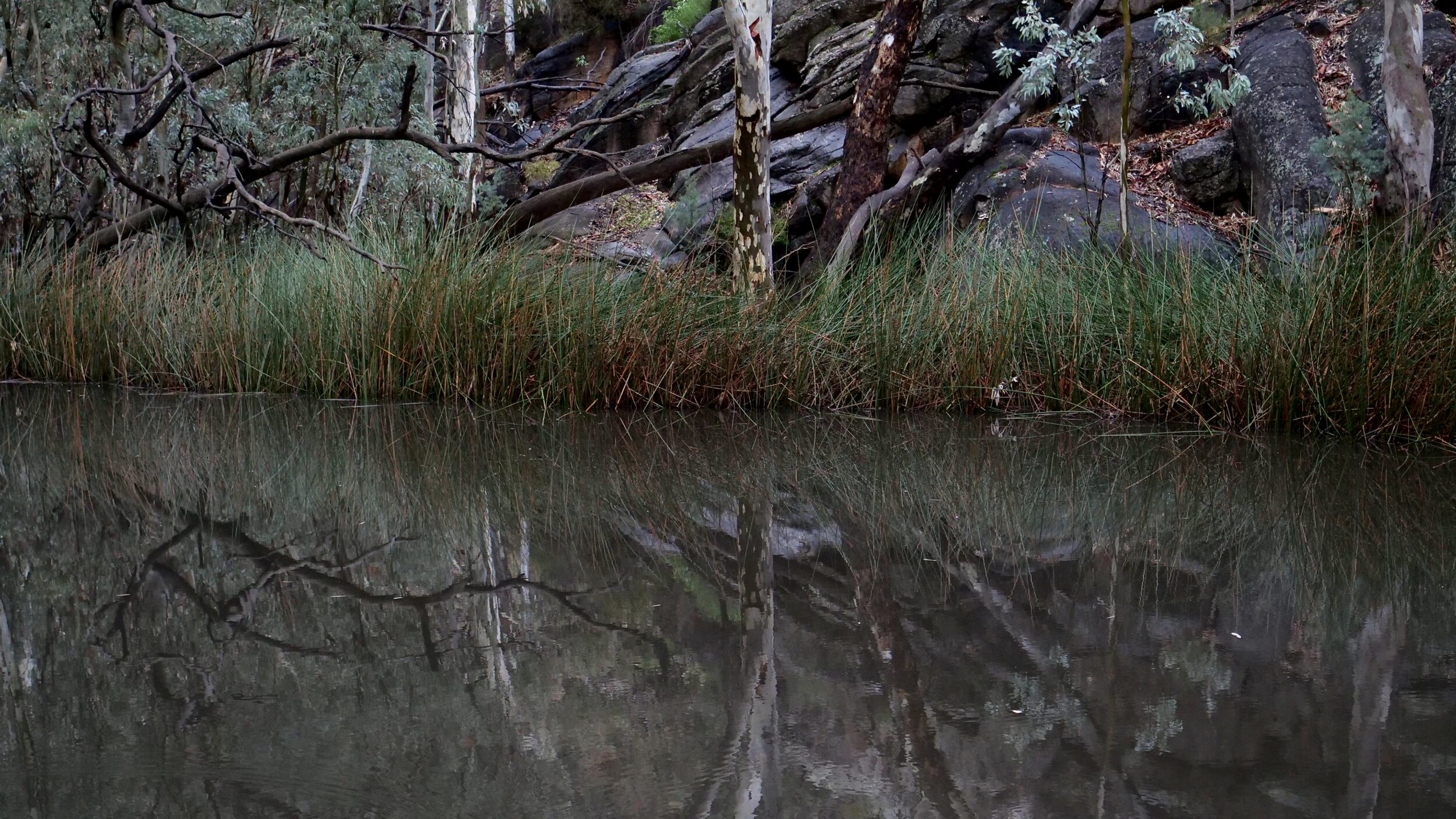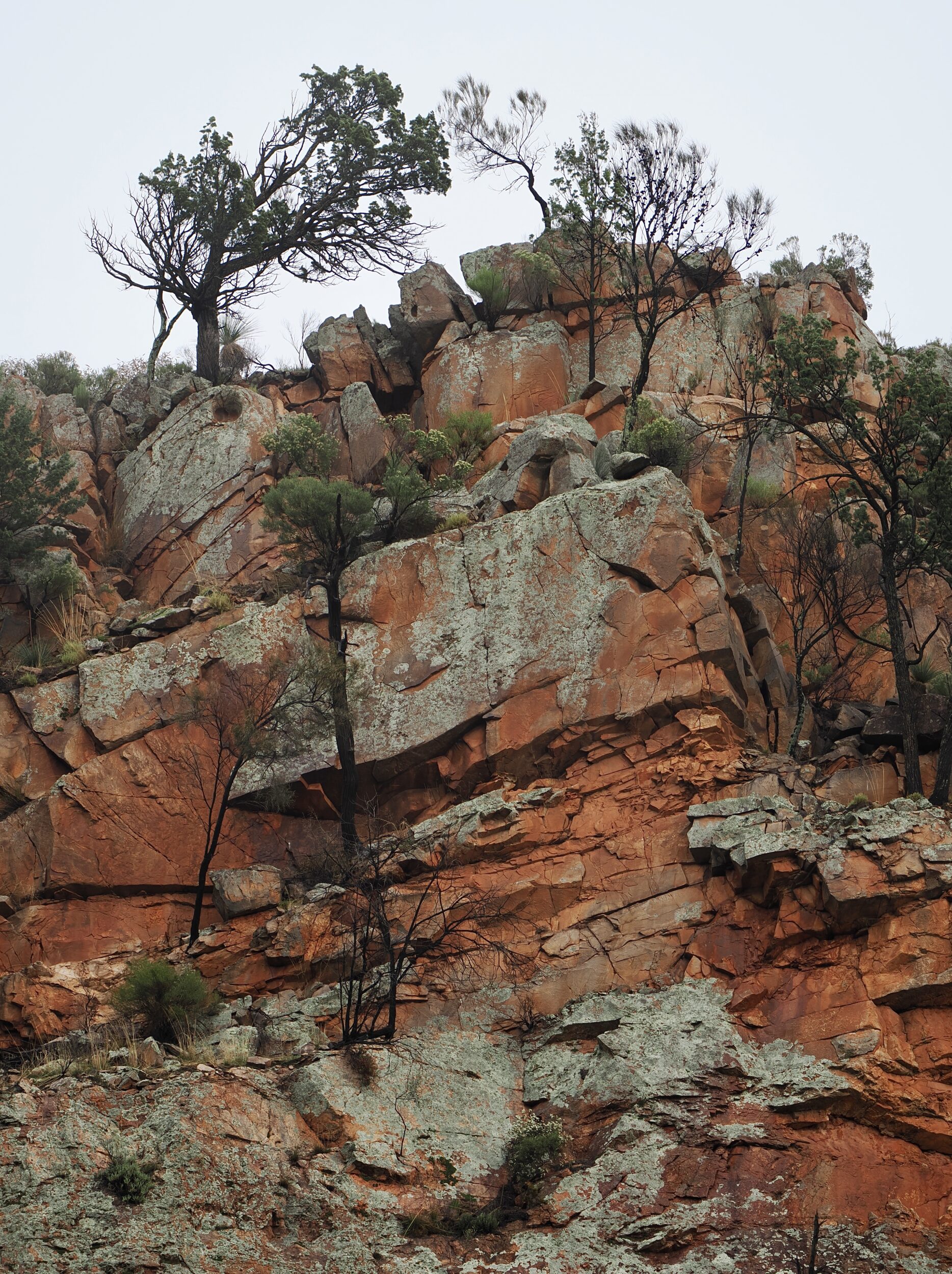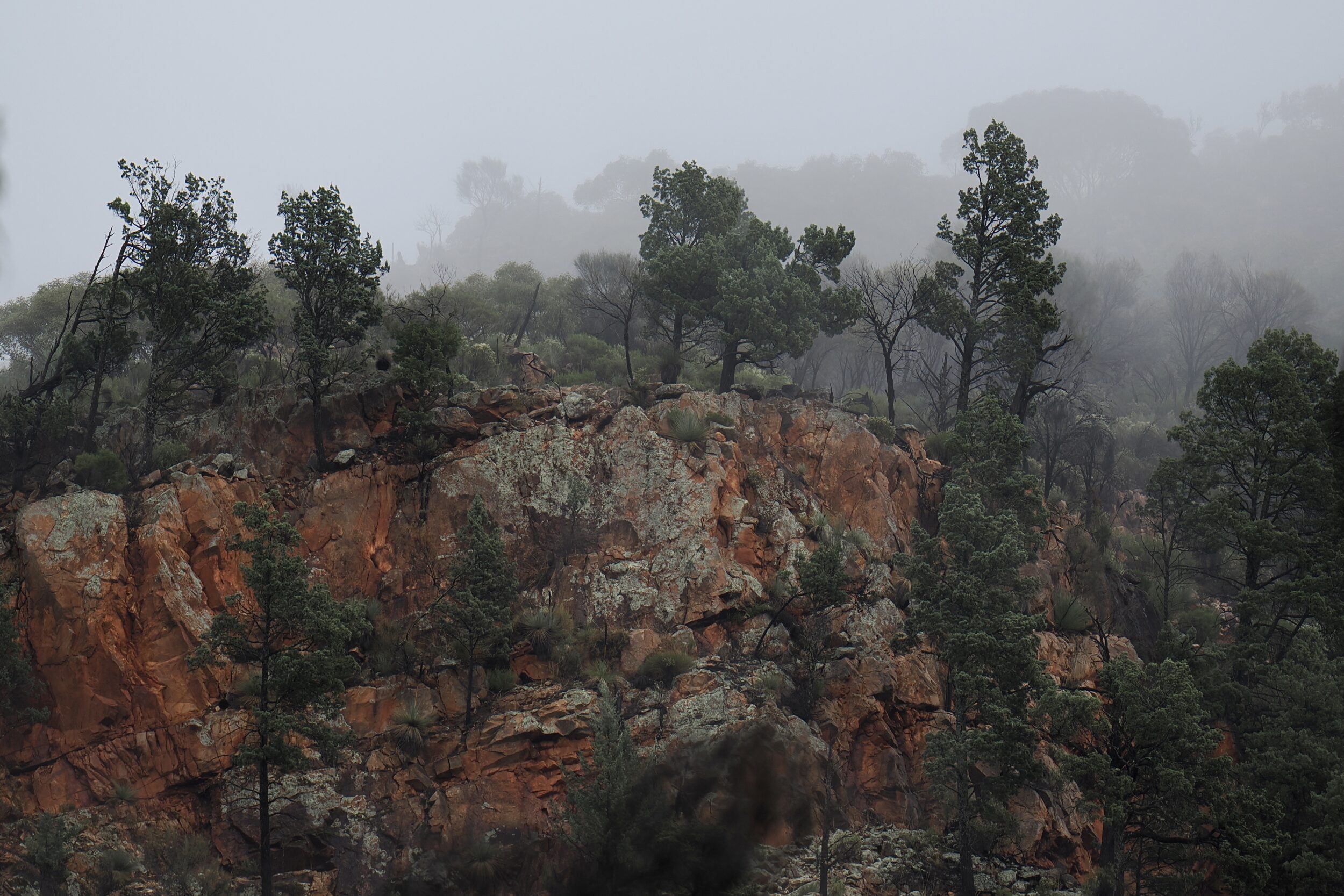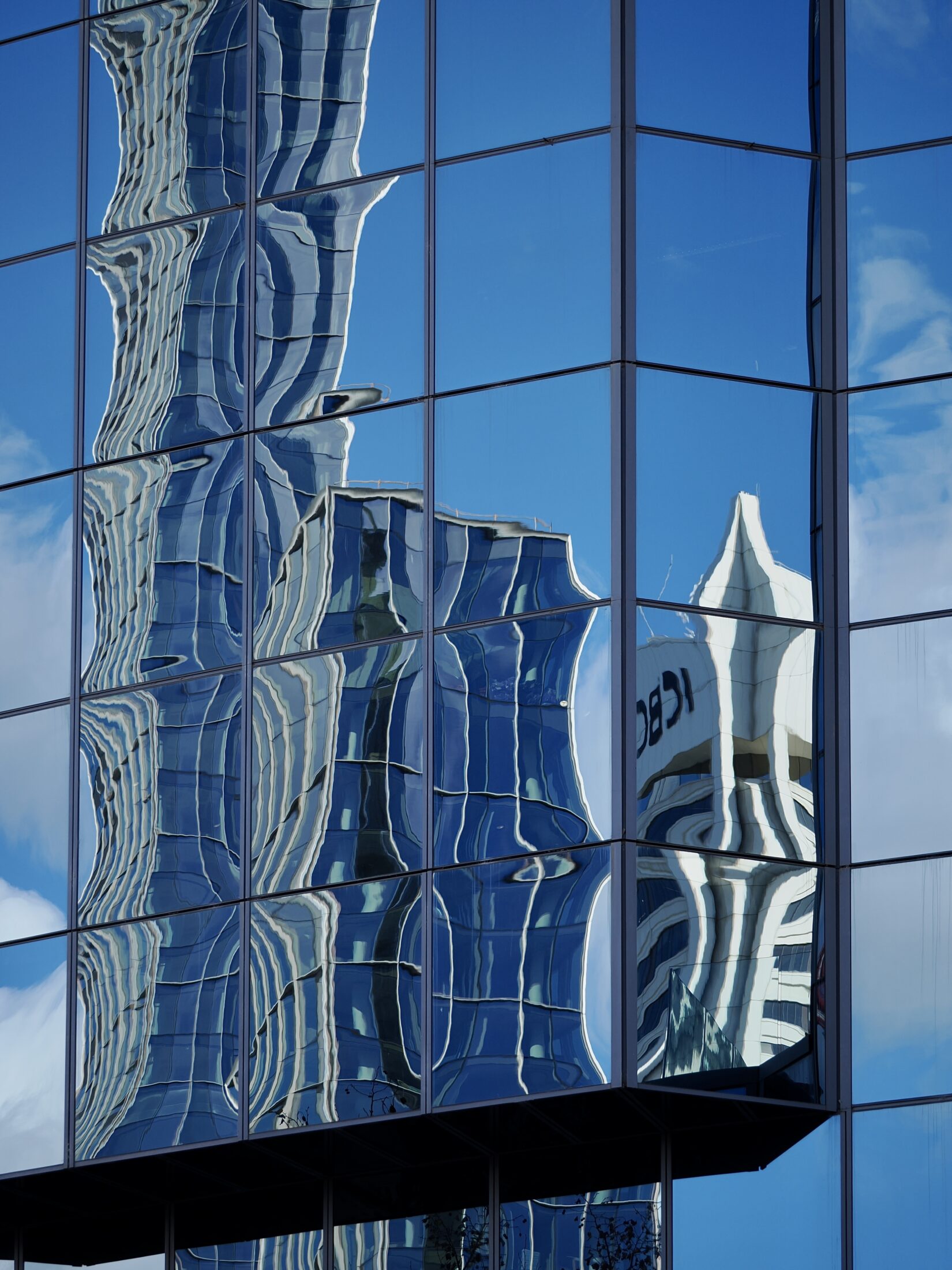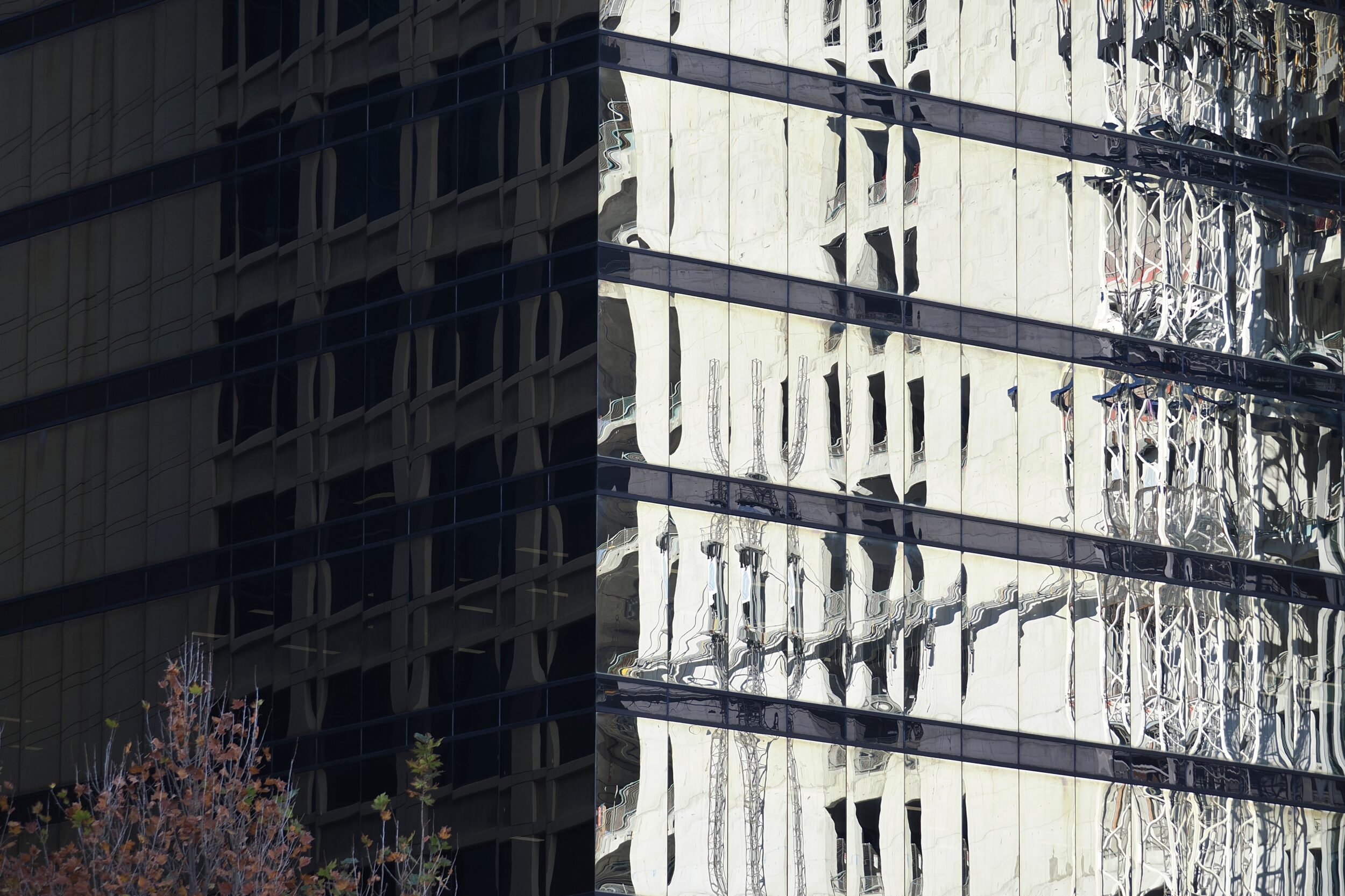Even as a spectacularly distorted reflection on the facade of another, lower and more “glassy” edifice, St Martins Tower is unmistakably itself.
Since we moved to Perth in 1983 many different tenants have “badged” St Martins Tower; as you can see in lower right hand quarter of the above photo, the current logo is that of ICBC – a Chinese bank.
From 1978 to 1988 St Martins Tower (140 metres) was Perth tallest building.
In the much more crowded and taller 2024 skyline, it is #10.
The #1 ranking, however, has remained unchanged for 32 years; Central Park (249 metres) still looks down on all other WA rooftops.
